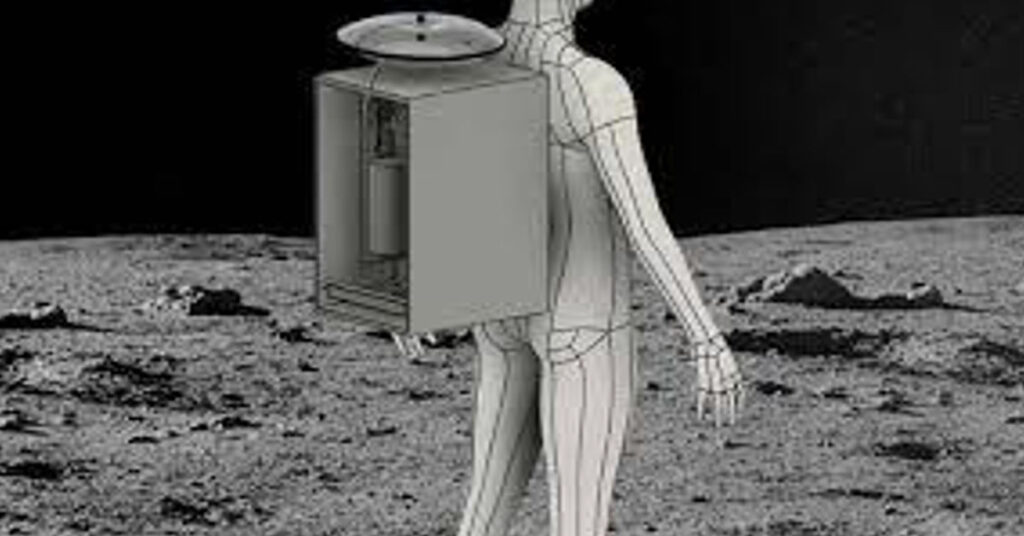This groundbreaking technology holds the potential to significantly extend astronauts’ missions and enhance their sustainability in space.

In a remarkable leap forward for space exploration, scientists have unveiled a state-of-the-art spacesuit capable of converting urine into potable water. This groundbreaking technology holds the potential to significantly extend astronauts’ missions and enhance their sustainability in space.
At the heart of this innovation is a miniaturized filtration and purification system, ingeniously integrated into the spacesuit. The system employs a combination of advanced materials and processes to ensure the conversion of urine into safe drinking water, addressing one of the most critical challenges faced during long-duration space missions.
The process begins with the initial collection of urine, which is funneled into a specialized container embedded within the suit. The urine then passes through a series of microfilters, designed to remove large particulates and impurities. Following this, the fluid undergoes reverse osmosis, a robust mechanism that employs a semi-permeable membrane to filter out microscopic contaminants and salts.
To ensure the utmost purity, the water is subjected to a final stage involving ultraviolet (UV) light and activated carbon filters. UV light acts as a potent disinfectant, effectively eliminating any remaining bacteria and viruses. The activated carbon filters further enhance water quality by removing any residual chemical contaminants and improving taste.
Impact on Payload Weight and Resource Optimization
Not only does this innovation address the immediate needs of hydratio. But it also plays a vital role in reducing the payload weight of space missions. By recycling urine, astronauts can minimize the amount of water they need to carry from Earth, thereby optimizing resource allocation and reducing costs.
This transformative technology promises to be a cornerstone of future space endeavors, potentially supporting longer manned missions to Mars and beyond. As scientists continue to refine and enhance this syste. It represents a beacon of hope and progress in humanity’s quest to explore the cosmos while ensuring the safety and well-being of those who venture forth.
